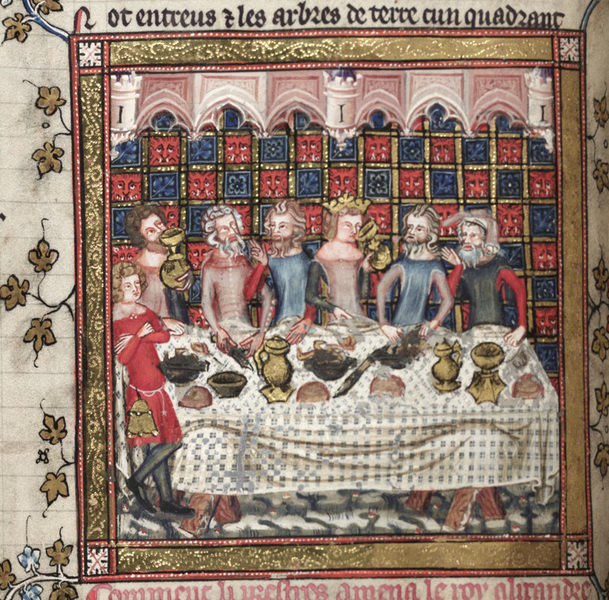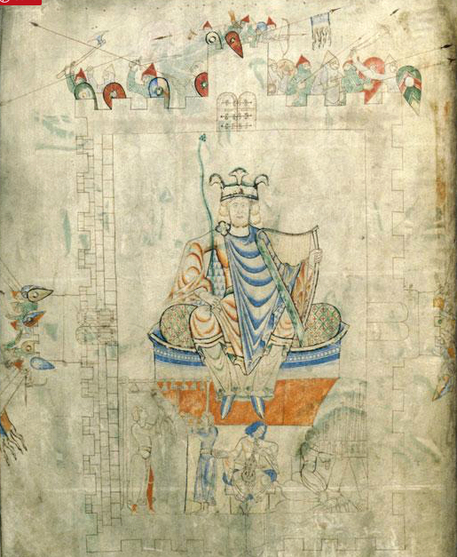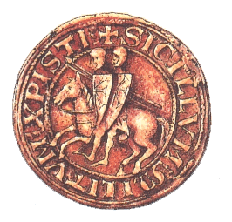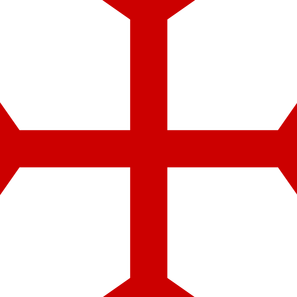 Boolean Library, MS Bodley 264. Boolean Library, MS Bodley 264. The harvest moon in the middle ages ensured a longer working day to pick the fields clean. What followed was the harvest celebration from village to village across Europe and England. And rightfully so. It was hard work. You see, in the medieval world there were three classes. Maybe four. Warriors learned the art of warfare, and when they weren’t plundering, they defended the realm from the likes of Viking raiders, Islamic jihadists, and marauding Magyars. Priests prayed. They studied the teachings of the church and taught them to the community. And, farmers tilled, planted, and harvested the fields. And, of course, there was the merchant class that developed more gradually. In the churches, the reading portion of the liturgical year focused on the thanksgiving offerings to the Lord found in Leviticus. In their synagogues, the Jews also worshipped in thanksgiving with similar reading portions praising the Almighty for His bounty of the earth, the bread from the grain and the wine from the grape. In the middle ages, a feast might start with a suckling pig with an apple in its mouth roasted on a spit finished off with lemon cakes. Music, of course, filled the great halls to those invited to celebrate. Own a piece of medieval history, for yourself, or as a gift. Our large format gold leaf illuminated opening to Exodus celebrates freedom from bondage. Their names were engraved into the book of life. They had every reason to celebrate. They had been set free. Ideal as a gift for Thanksgiving or Christmas.
1 Comment
 Bible of Stephen Harding DIJON, Bibliothèque municipale, MS 0014, folio 13v Bible of Stephen Harding DIJON, Bibliothèque municipale, MS 0014, folio 13v In 1118, Stephen Harding, the abbot of Citeaux Abbey south of Dijon, mentors and befriends Bernard of Clairvaux, and expresses an interest in translating books from the Old Testament since they describe treasures buried beneath the Temple Mount where Solomon’s Temple stood. Harding's convictions about the veracity of specific passages of the Old Testament change the course of western history. Bernard of Clairvaux, one of the most influential men of the period, then taps his nephew Hughe de Payens to establish the Order of the Temple of Solomon in Jerusalem. The following year, Count Hugh of Champagne, the patron of the Cistercians, goes to Jerusalem and nominates his vassal Hughe de Payens to become the Grand Master of a proposed new order to be named the Order of the Temple of Solomon (Knights Templar) under the Rule written by Bernard of Clairvaux with their express mission being to protect pilgrims on their journey to visit the Holy Places. King Baldwin II of Jerusalem and Warmund of Picquigny, the Patriarch of Jerusalem at the Council of Nablus, grant approval for the order of the Knights Templar in 1120 and also grant the Temple Mount as their headquarters. In keeping with the convictions of Harding, the Knights Templar excavate under the Temple mount for nine years between 1120 and 1128 . They, no doubt were in search of the treasures of the Temple, which would have dropped below the Temple Mount for safe keeping when Jerusalem came under siege, which happened in 70 A.D. when the Romans destroyed the city and the Temple. The order of the Knights Templar is recognized by Pope Honorius II in 1129, and he grants the order unlimited power and freedoms. Relics and treasures, no doubt, made their way to Rome and to Europe after the knights unearthed the buried hoard. Own a piece of this remarkable period by acquiring a gold leaf illuminated poster. |
AuthorPeter Hebert Archives
March 2021
Categories |


 RSS Feed
RSS Feed
